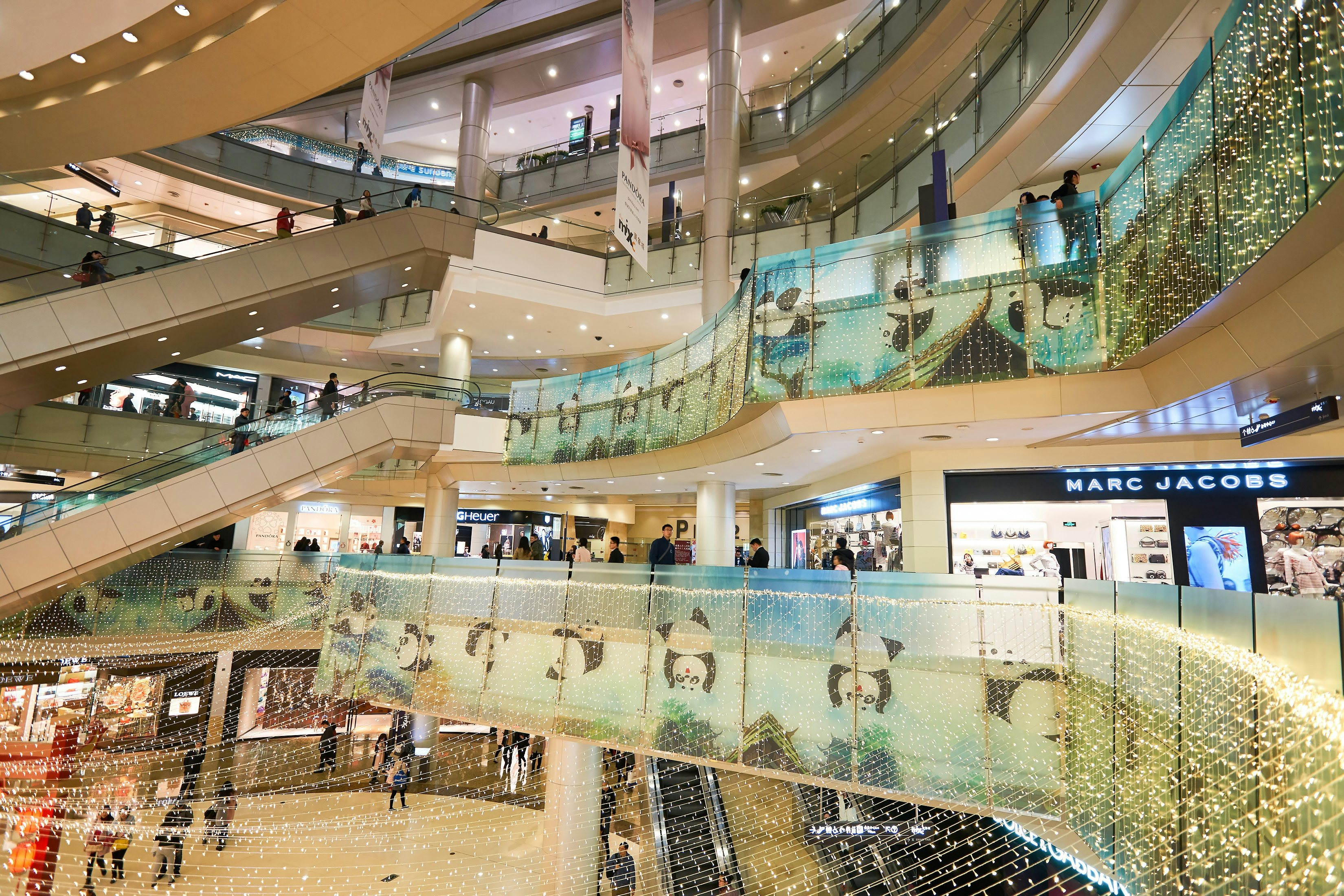Depending on whom you ask, Chinese shoppers make anywhere from 30 percent to half of the world’s luxury purchases. While Bain & Company estimated that their share of the global luxury market decreased by one percentage point in 2016, they’re still one of the most important blocs of shoppers worldwide for the global luxury industry, and will continue to be in the coming year as the upper-middle class rises across the country.
But 2016 wasn’t without its complications when it comes to Chinese luxury consumers: China’s economic growth slowdown, thriving demand for gray-market and counterfeit goods, and safety concerns affecting travel patterns were just a few examples of issues the industry grappled with.
With the new year around the corner, we’re making a list of predictions for China’s luxury market in 2017, which is set to bring both opportunities and challenges for luxury brands.
1. More repatriation of Chinese luxury spending.#
Chinese luxury travelers still love to shop abroad, but this year, mainland China saw more domestic consumption, with Bain & Company predicting that mainland China’s luxury market will have returned to growth by the end of 2016 (final numbers are still yet to come out). Meanwhile, a study by ContactLab found that the percentage of luxury goods purchased abroad decreased year-on-year in the first four months of 2016 from 43 percent to 40 percent.
This has been due to several key trends, including the Chinese government’s crackdown on gray-market smugglers, changes in tariff policies for travelers, importers, and cross-border online sellers, luxury brands’ decisions to harmonize their China prices with those globally, and the Chinese government’s development of duty-free shopping. With the Chinese government aiming to earn tax revenue and luxury brands hoping to cut down on the gray market, expect these trends to continue in the coming year.
2.#
Price-savvy#
Chinese shoppers will continue to follow currency changes abroad.#
Despite the increase in spending at home, luxury shopping certainly won’t cease to be a favorite pastime for outbound Chinese travelers anytime soon. One of the main factors driving the next hot shopping spot? Currency. Despite new tariff policies, some brands lowering their China prices, and a devalued yuan, many goods still cost more in China than they do elsewhere, and Chinese shoppers are very aware of prices and global currency fluctuations. When the pound plunged because of the Brexit vote this year, Chinese tourists flocked to the UK to scoop up lower-priced goods, while their currency-driven “explosive shopping” in Japan calmed when the yen rose in value.
3. E-commerce will remain a bright spot for growth with a focus on mobile.#
E-commerce is gaining ground globally in the luxury industry, and China is no exception. Around 80 percent of luxury brands are now available online in China in some form or another, whether it bet a direct-to-consumer site or presence on a third-party e-commerce platform, while only 14 percent of fashion brands and 25 percent of watch and jewelry brands have no China e-commerce presence at all.
Mobile shopping is especially important, with mobile sales estimated to have grown by 51.4 percent year-on-year to reach $505.74 billion in 2016 (based on preliminary data). If they stay on track, they’re expected to grow by 45.7 percent in 2017, making up 61 percent of all e-commerce sales, according to China’s Ministry of Industry and Information Technology. As a result, even as brands remain wary of opening online shops through Alibaba’s Tmall, more are looking to WeChat sales as a way to reach Chinese consumers through a "VIP"-style shopping experience.
4. The anti-corruption campaign lives on.#
With Xi Jinping approaching his five-year mark of an expected 10, there will be no letup in China’s anti-corruption campaign that coincided with a plunging luxury sales growth rate when it began in 2012. In a report on a Politburo meeting, Xinhua reported on Wednesday that the anti-corruption campaign “has gained crushing momentum,” and stated that “in 2017 existing corruption should be reduced, and any rise in corruption contained” with a “high-voltage” crackdown on “undesirable work styles and corruption." For the luxury industry, this simply means that brands that didn't rely on official “gifting”-related sales before the campaign will continue to thrive off marketing efforts geared toward regular consumers purchasing for themselves, family, or friends.
5. Social media’s influence will get even more visual.#
From Weibo to WeChat, image-sharing has long been a crucial component of influencing luxury consumers online. But with the rapid rise of Instagram-like photo-sharing apps and live-streaming, video and photo content will be front and center for everything from marketing campaigns to KOL partnerships.
